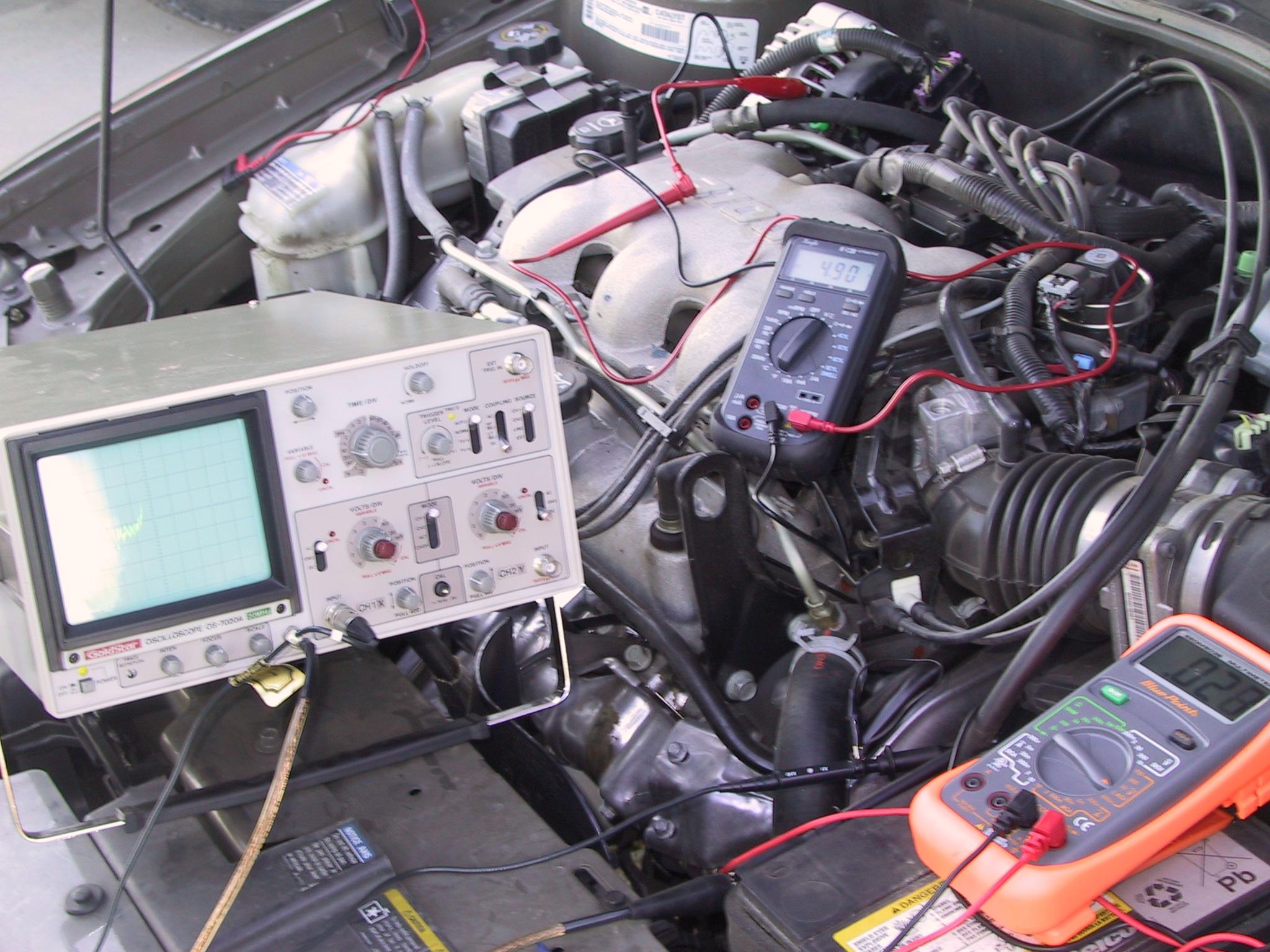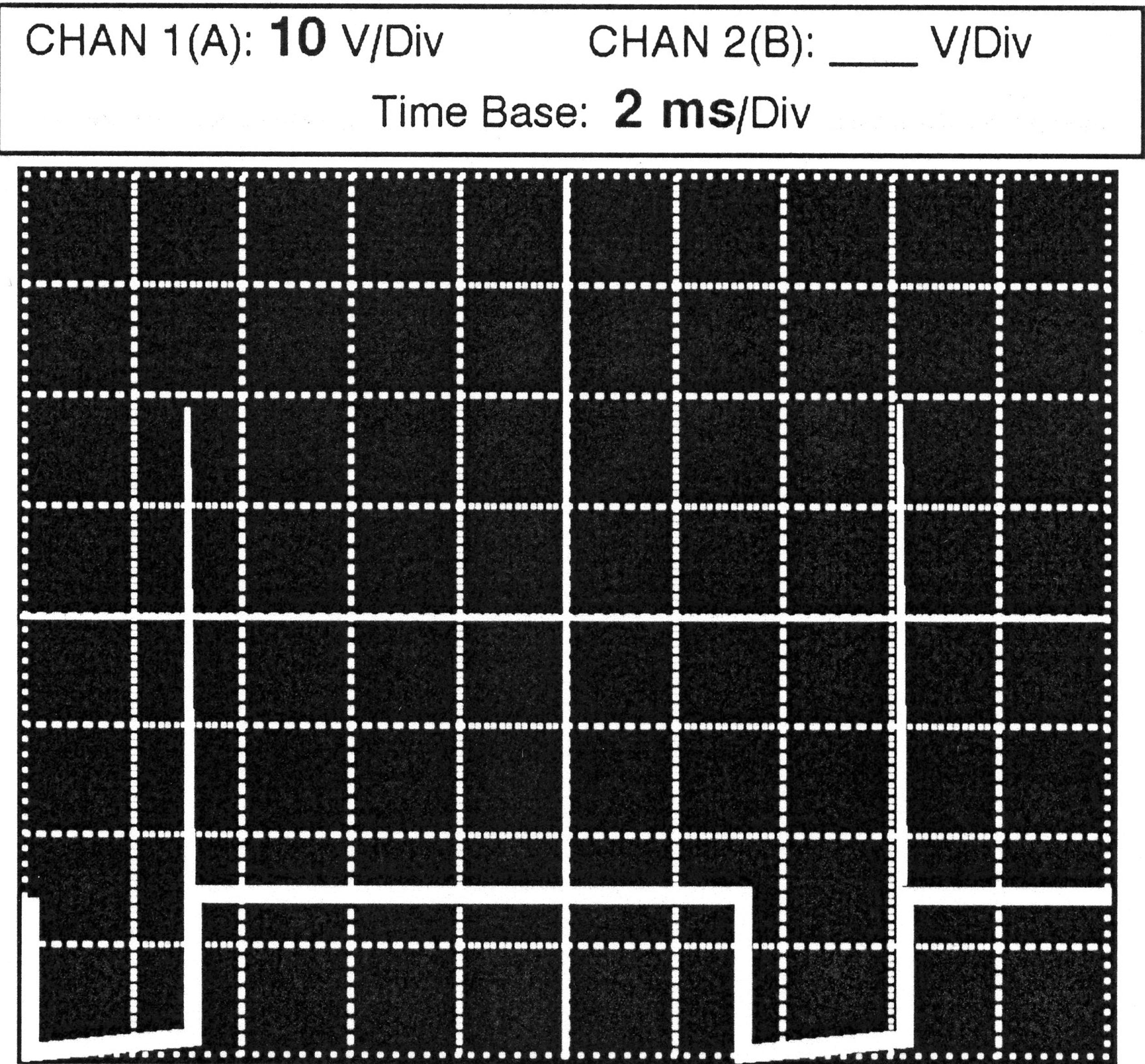Analog Dual-Trace Lab Scope Training Manual

This lab scope training manual provides training for technicians who had little or no professional lab scope training. This manual was written before Digital Storage Scopes (DSOs) became available in the vehicle service industry at a price repair shop could afford. Now with extensive electronics in today's vehicles, “O-Scopes” and wave form analysis are more important than ever as electronic circuits are everywhere on a vehicle. Waveforms viewed on an “O-Scope” can reveal a problem in an electronic circuit that cannot be determined any other way.
This analog lab scope training manual covers step-by-step set up procedures for a standard analog dual-trace lab scope. Set-up requires extensive knowledge of lab scope terminology and proper settings for front panel controls which is crucial for accurate waveform measurements. This manual will thoroughly explain the necessary analog lab scope terminology and settings of front panel controls.
You are likely using a DSO now that does a lot of O-Scope setup automatically. However, descriptions of analog lab scope terminology covered in this training manual can help to understand the automatic settings using a DSO (Digital Storage Oscilloscope).
More importantly, the last 4 sections in this training manual explain waveform information and identifies problems appearing in a waveform to help the technician decide if the waveform problem that appears is caused by incorrect O-Scope set-up or there is really a defective waveform due to a problem in the circuit. Review sections with answers are also provided.
The first three sections extensively explain the front panel controls of an analog lab scope which is helpful to understand the terminology and function of various O-scope controls and features used in digital storage scopes. The last 4 sections in this training manual is a great benefit to understand using a DSO or “O-Scope.”

Section 4 explains the techniques of measuring DC voltage with a lab scope which can have very important information, such as amplitude and “ripple” when measuring DC voltage in vehicle circuits.
Section 5 covers measuring AC voltage waveforms and points out problems in AC waveforms that appear in the presentation on the lab scope.
Section 6 covers measuring digital signals and points out problems in digital signal waveforms that appear in the presentation on the lab scope
Section 7 covers detailed waveform analysis to recognize defective waveform patterns in the presentation on the lab scope.
Section 8 covers current ramping techniques using a lab scope, analog or digital.
BUY NOW Print version for $79.00 plus s/h
BUY NOW in .pdf format (READ ONLY) for $69.00
(.pdf sent in a separate email within 24 hours. Watch your junk folder)
